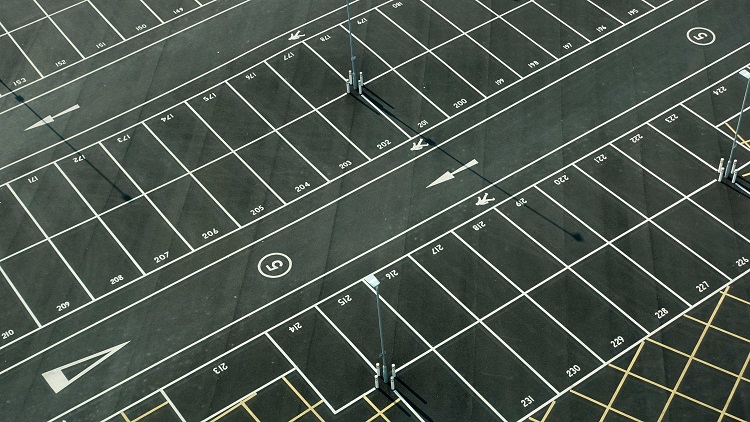
Sometimes the strongest of solutions come in the simplest of forms. When it comes to creating a safe, secure, and well-transitioned car park – barriers play a critical role, Let’s take a look in detail at how barriers can be used effectively in car parks.
Site owners know that access control is incredibly important when it comes to managing car parks. Ensuring that traffic can flow easily, but still be monitored and managed responsibly is essential to providing a positive experience for visitors. After all, a car park that is unsafe or outdated is likely to be unappealing to drivers, and lead to dwindling numbers and uptake.
Managing entry points
One of the most effective ways to manage that traffic is through the use of an automated barrier system installed at entry points. Automatic barriers require electricity to operate, they are built to high specifications and are difficult for criminals to bypass.
In public settings, barriers can be used to slow down traffic and ensure that payment procedures are adhered to, and in private settings, they can help prevent unauthorised vehicles from entering your site. Equally, they can be used to partition specific areas of a car park for staff or delivery vehicles. Automatic barriers require no manpower and can be operated through an array of different entry configuration methods: granting movement through tokens, tickets, pins, or codes.
An experienced provider will be able to design a system that fits the particular needs of your site. This means taking into account the type of car park that you operate, be it public or private, the availability of staff and manned guards, the type of vehicles that need access to your site, the availability of electricity, and the space that you have to work with. This ensures that you are given recommendations bespoke to your business, rather than a one-size-fits-all approach that could provide you with headaches later on down the line. They will also be able to provide you with maintenance and support when you need it.
Additional equipment
We take a holistic approach to site security and there are times when car parks may require additional equipment in order to strengthen their facilities. One such piece of equipment that can greatly benefit car parks is our new ANPR (automatic number plate recognition) System.
With direct access to a specialist server, our ANPR Systems can identify vehicles that are either whitelisted or blacklisted and grant permissions on those basis. It can control flow to private areas, blacklist troublesome vehicles, and save money on staffing. Equally, it can be used to monitor staff from an HR perspective and clock entry and exit times.
For car parks where overstays and unauthorised long-term parking issues have become problems then another option may be height-restrictor barriers. These prevent access for high vehicles such as lorries or caravans.
Gateway Automation provides a range of perimeter security systems to help businesses and individuals to secure their sites. We also provide nationwide servicing and repairs to gates, access control equipment, barriers, and other perimeter security equipment too.
To find out more, contact us on 01522 68255 or take a look at our brochure.

 If you’re reading this blog; then the chances are that you have identified perimeter security as an area of your business that needs to be addressed. Like many businesses, you may be concerned about the massive derailment of operations that can result from a serious security breach. If this is the case then read on to discover how perimeter security is fundamental to safeguarding your income, reputation, and peace of mind. And importantly, what questions you should ask when discussing your needs with a provider.
If you’re reading this blog; then the chances are that you have identified perimeter security as an area of your business that needs to be addressed. Like many businesses, you may be concerned about the massive derailment of operations that can result from a serious security breach. If this is the case then read on to discover how perimeter security is fundamental to safeguarding your income, reputation, and peace of mind. And importantly, what questions you should ask when discussing your needs with a provider. If you’ve decided it’s time to upgrade your security systems at your site, then one of your first ports of call should be perimeter security. One essential component of site security that should always be considered when enquiring about upgrades is a barrier. Here is what to consider when buying barriers.
If you’ve decided it’s time to upgrade your security systems at your site, then one of your first ports of call should be perimeter security. One essential component of site security that should always be considered when enquiring about upgrades is a barrier. Here is what to consider when buying barriers.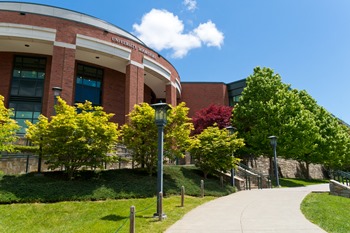 University campus security can be a difficult challenge to overcome. With hundreds of students coming and going around campus, it is crucial that sufficient security measures are in place. Here we discuss some of the best ways to approach campus security challenges and what measures should be enforced.
University campus security can be a difficult challenge to overcome. With hundreds of students coming and going around campus, it is crucial that sufficient security measures are in place. Here we discuss some of the best ways to approach campus security challenges and what measures should be enforced. 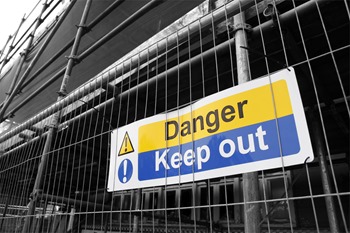 Securing building sites is a hot topic in the construction industry. Building sites are a common target for vandals and thieves. They can be targets for homeless people as well as kids who view building sites as an adventure playground. It is because of these potential intruders that construction companies must ensure that building sites are as secure as they can be.
Securing building sites is a hot topic in the construction industry. Building sites are a common target for vandals and thieves. They can be targets for homeless people as well as kids who view building sites as an adventure playground. It is because of these potential intruders that construction companies must ensure that building sites are as secure as they can be. 
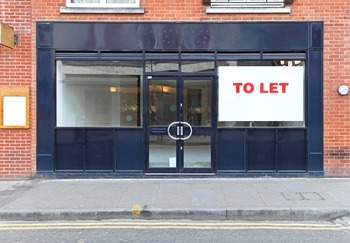
 Many businesses such as offices, schools and factories are are shut between Christmas and New Year. Although this break is much appreciated by employees, business managers need to ensure that security is up to scratch as it is often during this quiet period that criminals target business premises, they believe to be unoccupied.
Many businesses such as offices, schools and factories are are shut between Christmas and New Year. Although this break is much appreciated by employees, business managers need to ensure that security is up to scratch as it is often during this quiet period that criminals target business premises, they believe to be unoccupied.
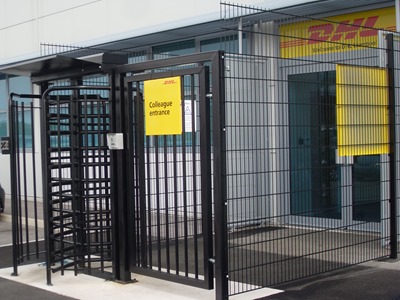
Recent Comments